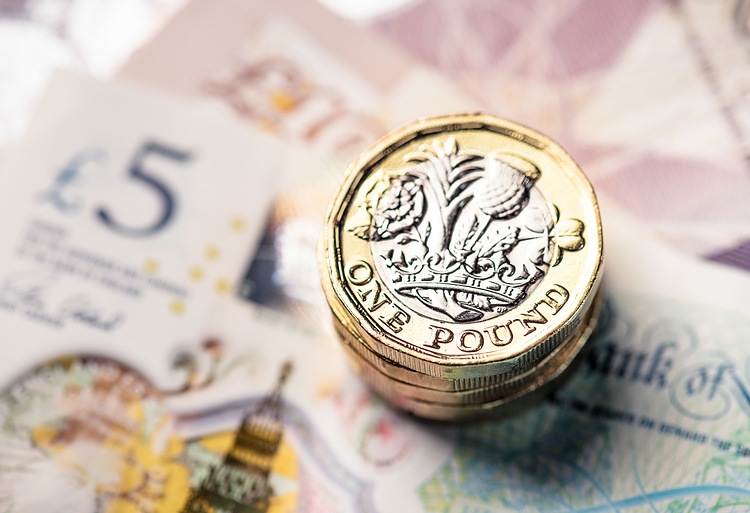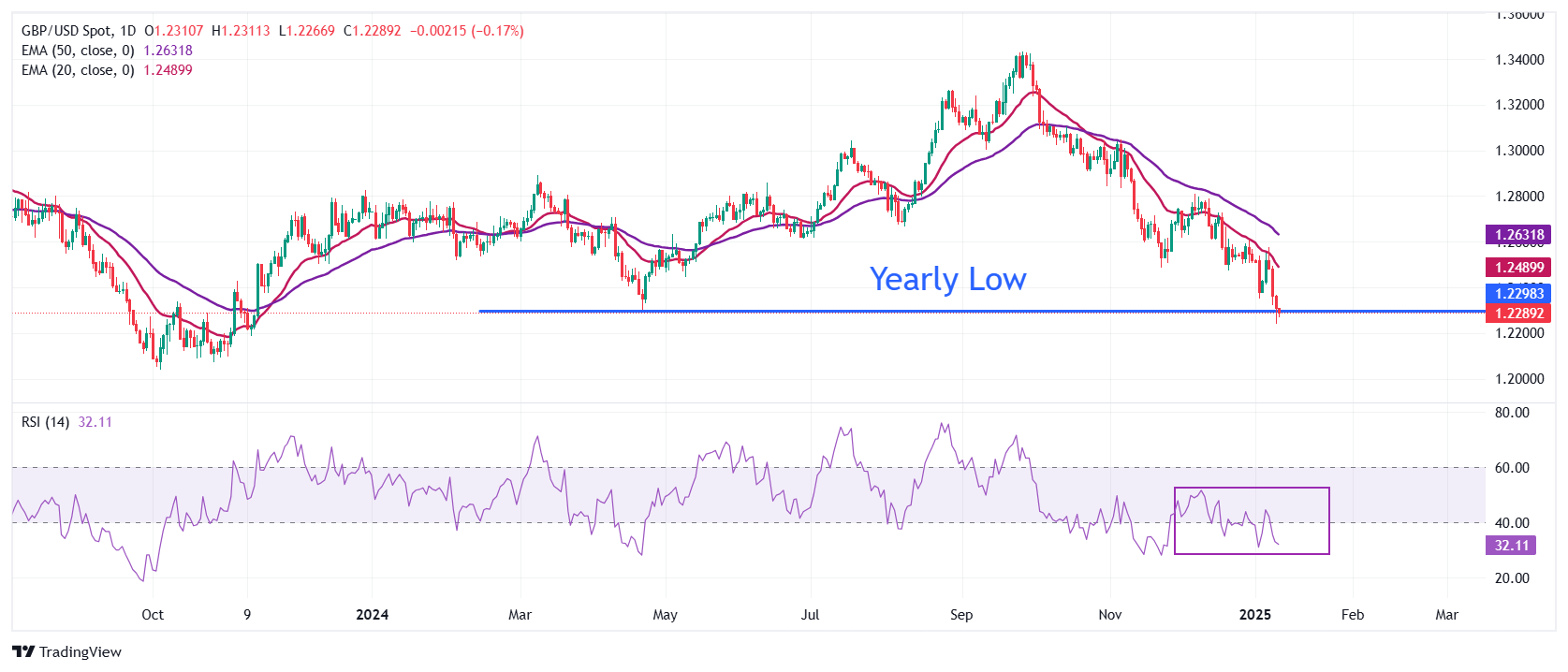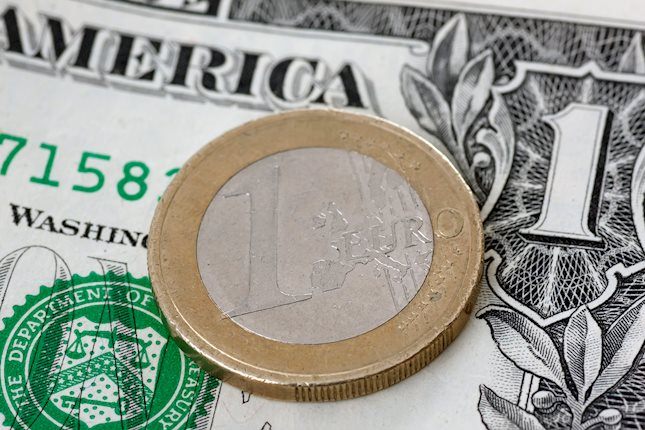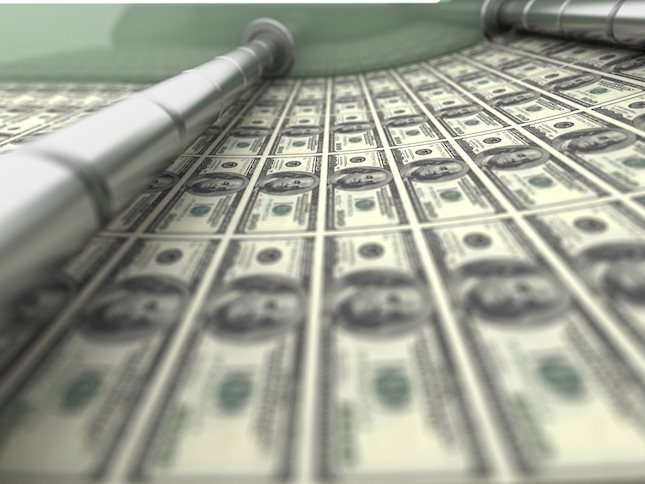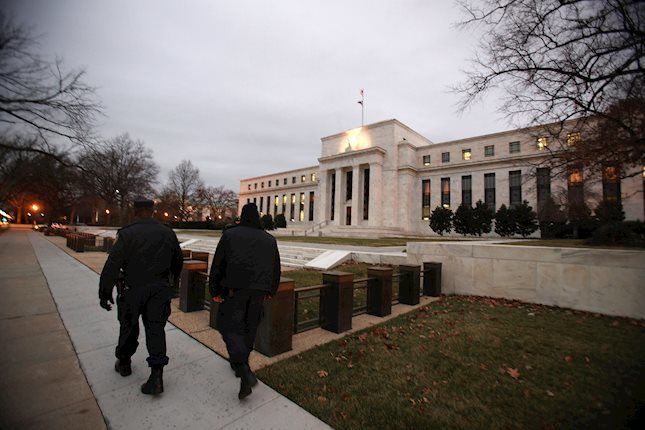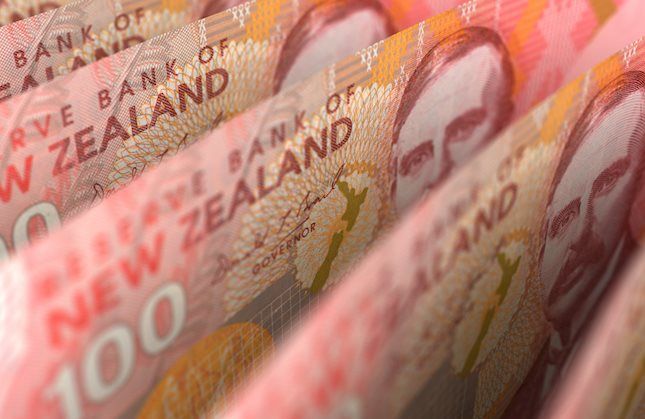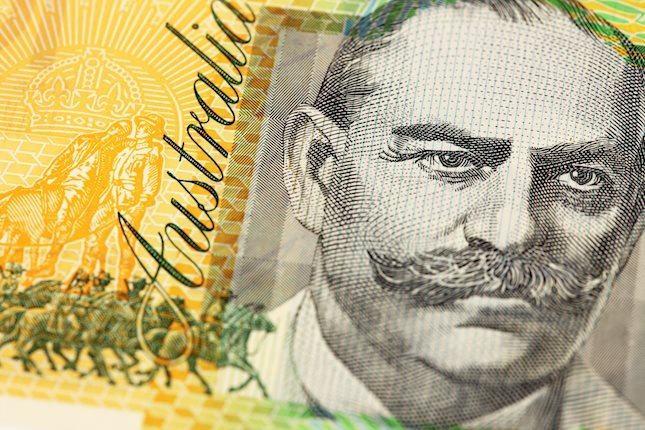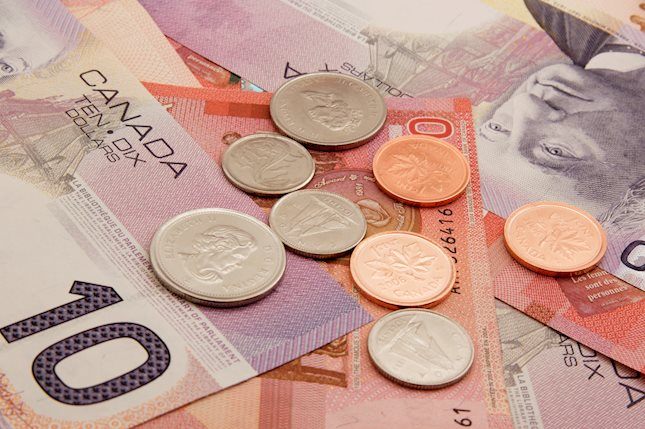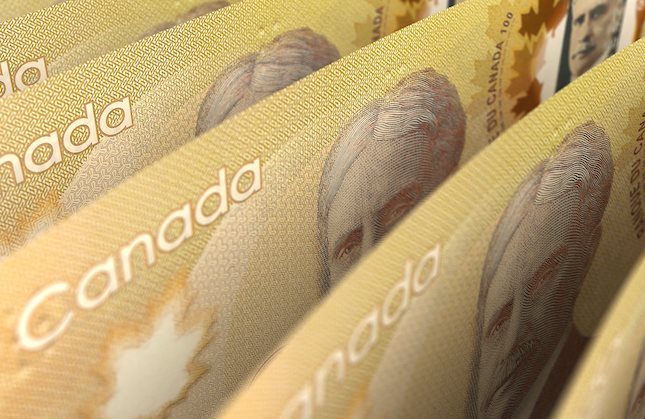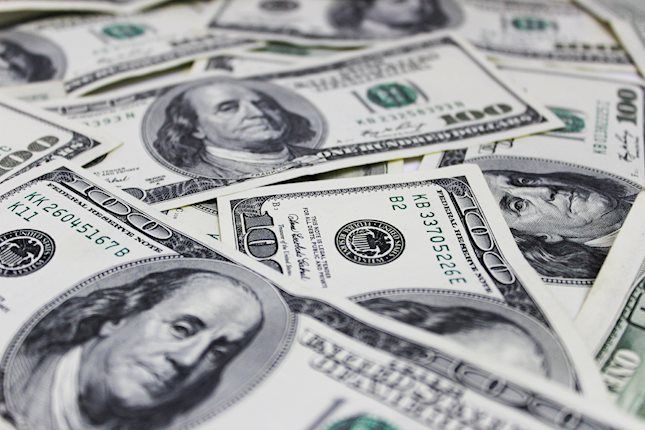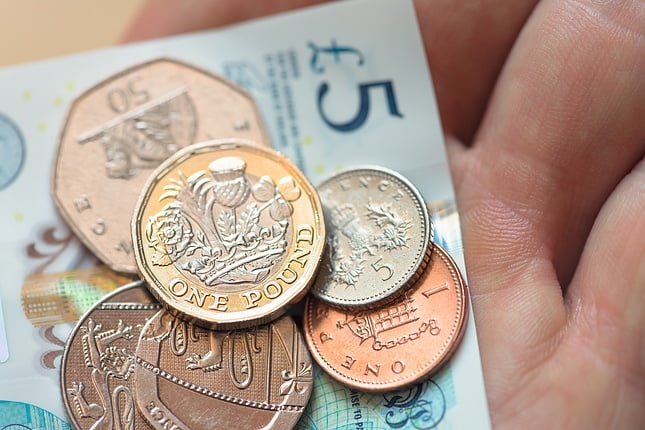Pound Sterling falters as ramping UK gilt yields mirror weak economic outlook
- The Pound Sterling remains under pressure as investors expect higher UK gilt yields could force Chancellor Reeves to cut spending and raise taxes in the Autumn Budget.
- BoE’s Breeden said recent evidence supports a gradual withdrawal of policy restrictiveness.
- The next move in the US Dollar will be influenced by the US NFP data for December.
The Pound Sterling (GBP) continues underperforming its major peers, rattled by rising borrowing costs on the United Kingdom (UK) government’s debt. The 30-year UK gilt yields have risen to 5.36%, the highest level since 1998, causing discomfort for Chancellor of the Exchequer Rachel Reeves.
Market participants started dumping UK gilt securities amid fears of higher debt, lower growth, and potentially inflationary United States (US) President-elect Donald Trump policies, which could lead to economic stagflation. Investors anticipated that higher gilt yields would force Rachel Reeves to make fresh borrowings to fund day-to-day expenditures. Earlier, Reeves vowed to fund daily spending with tax receipts and cut public spending.
The British Finance Ministry remained committed to not seeking fresh borrowings. UK Treasury Minister Darren Jones clarified at the House of Commons on Thursday that the government's decision to borrow only for investment was "non-negotiable." Jones added that it is normal for the price of gilts to "vary" and assured that financial markets continue to function in an "orderly way."
Darren Jones also confirmed that public spending will be “in line with what was set out in the Autumn Budget” and added that there is no need for any “emergency intervention” by the Chancellor.
On the sharp spike in UK gilt yields, BoE Deputy Governor Sarah Breeden said that the rise in government’s borrowing costs is partly linked to uncertainty over “incoming policies from United States (US) President-elect Donald Trump” in her speech at the University of Edinburgh. When asked about her view on the monetary policy outlook, Breeden said: "The recent evidence further supports the case to withdraw “policy restrictiveness.” She added that the withdrawal of policy restrictiveness will be “gradual” over time.
Daily digest market movers: Pound Sterling faces selling pressure against US Dollar, focus is on US NFP
- The Pound Sterling drops to near 1.2275 against the US Dollar (USD) in Friday’s London session. The GBP/USD pair faces pressure as the US Dollar extends its upside ahead of the US Nonfarm Payrolls (NFP) data for December, which will be published at 13:30 GMT. Investors will pay close attention to the US NFP report as the Federal Reserve (Fed) pivoted to a dovish policy stance in September 2024 due to firm downside risks to labor demand.
- The outcome of the Fed’s December monetary policy meeting showed that officials were less concerned about labor market conditions and more worried about stalling progress in the disinflation trend. However, signs of weak labor demand could stem fears that job market conditions have yet to return to their restoration state, which could force officials to dial back their cautious stance on further policy easing.
- The US NFP report is expected to show that the economy added 160K fresh workers in December, lower than the previous release of 227K. The Unemployment Rate is expected to have remained steady at 4.2%. Investors will also focus on Average Hourly Earnings data, a key measure of wage growth that drives consumer spending. Signs of strong wage growth would prompt fears of a re-acceleration in price pressures. On the contrary, soft numbers will ease fears of inflationary pressures remaining persistent.
- Economists expect Average Hourly Earnings to have grown at a steady pace of 4% year-over-year. On a month-on-month basis, the wage growth measure is estimated to have risen by 0.3%, slower than the 0.4% in November.
- According to the CME FedWatch tool, traders are confident that the Fed will not cut interest rates till the March meeting but are divided over the policy announcement in May.
US Dollar PRICE Today
The table below shows the percentage change of US Dollar (USD) against listed major currencies today. US Dollar was the strongest against the New Zealand Dollar.
| USD | EUR | GBP | JPY | CAD | AUD | NZD | CHF | |
|---|---|---|---|---|---|---|---|---|
| USD | -0.03% | 0.09% | -0.06% | 0.14% | 0.21% | 0.38% | 0.17% | |
| EUR | 0.03% | 0.11% | -0.03% | 0.16% | 0.23% | 0.41% | 0.19% | |
| GBP | -0.09% | -0.11% | -0.14% | 0.05% | 0.12% | 0.30% | 0.08% | |
| JPY | 0.06% | 0.03% | 0.14% | 0.20% | 0.27% | 0.43% | 0.23% | |
| CAD | -0.14% | -0.16% | -0.05% | -0.20% | 0.06% | 0.25% | 0.03% | |
| AUD | -0.21% | -0.23% | -0.12% | -0.27% | -0.06% | 0.18% | -0.04% | |
| NZD | -0.38% | -0.41% | -0.30% | -0.43% | -0.25% | -0.18% | -0.22% | |
| CHF | -0.17% | -0.19% | -0.08% | -0.23% | -0.03% | 0.04% | 0.22% |
The heat map shows percentage changes of major currencies against each other. The base currency is picked from the left column, while the quote currency is picked from the top row. For example, if you pick the US Dollar from the left column and move along the horizontal line to the Japanese Yen, the percentage change displayed in the box will represent USD (base)/JPY (quote).
Technical Analysis: Pound Sterling faces pressure near 1.2250
The Pound Sterling trades near a more-than-a-year-low around 1.2250 against the US Dollar (USD) on Friday. The GBP/USD pair faced a sharp sell-off after breaking below the January 2 low of 1.2350. The broader outlook for the Cable remains bearish as the 20-day and 50-day Exponential Moving Averages (EMAs) near 1.2490 and 1.2630, respectively, are declining.
The 14-day Relative Strength Index (RSI) drops sharply to near 30.00, suggesting a strong bearish momentum.
Looking down, the pair is expected to find support near the November 10, 2023, low of 1.2185. On the upside, the 20-day EMA will act as key resistance.
Forex News
Keep up with the financial markets, know what's happening and what is affecting the markets with our latest market updates. Analyze market movers, trends and build your trading strategies accordingly.
